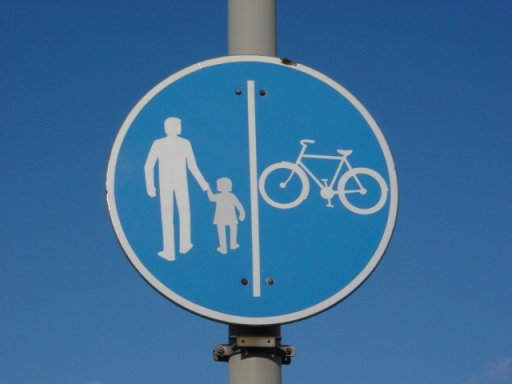
One of the great unsolved mysteries in life is how to know who can be trusted, and when. Some people are inherently untrustworthy. Even trustworthy people can’t be trusted some of the time.
Trust can be measured by the consequences the breach of it yields. Small consequences make us more trusting. Large consequences can make us mistrustful to the point of paranoia.
In most cases, our judgment on such matters is pretty good. We know when the stakes are high and we know when not to sweat the small stuff. But there are times of uncertainty or perhaps naïveté about the amount of risk we’re taking.
For some people, cycling falls into that category. They ride as if the world is at their beck and call. Everyone sees them at all times. And everyone will accommodate them — or so they think.
Reality is very different from some people’s perceptions about risk. In reality, cyclists are taking unseen risks every time they go out on the road.
Common risks come in the form of opening car doors, debris strewn across the road and stray pedestrians. Novice cyclists will be unaware of all risks, no matter how obvious they may seem to an experienced cyclist. Novices will ride along in ignorant bliss expecting to be safe because they are just riding a bike at a moderate speed. Crashing doesn’t seem likely, so no danger is expected.
Racking up more miles doesn’t necessarily go hand in hand with recognizing risks. Not knowing how to ride stays with a cyclist until he or she seeks out education. This is a frequent pitfall for cyclists who believe that they know how to ride because they ride a lot. If they knew half of what they don’t know, then they’d realize how many mistakes they make when riding. Unfortunately, we can’t know what we don’t know; we can only seek out knowledge to guide us.
Many cyclists don’t see formal knowledge of cycling as necessary. Biking, to them, means knowing how to balance a bike and pedal from point A to point B. Their surroundings never come into play.
This lack of knowledge about the importance of one’s environment factors in to many accidents. Cyclists make major errors due to lack of anticipation. Not knowing something exists makes it virtually impossible to avoid. One could only avoid it with blind luck.
Yet, many cyclist persist in riding in a state of oblivion. They know that cars can injure or kill them, but they delude themselves into believing that nothing will happen to them; bad things only happen to other people.
They believe this because they engage in blind trust. They trust everyone around them not to harm them. Whether or not they believe it in everyday life, on the road, these cyclists think that everyone will look out for their best interest.
Blind faith in others is never good. Trusting others must be a function of calculated risk taking. Knowing someone well is a good way to determine trustworthiness. But when we’re in public, nearly everyone around us is a stranger. It’s difficult to know who can be trusted and who can not.
For the sake of safety, all cyclists should learn to ride without trust. This is not meant to imply that no one on the roads can be trusted, but rather that there is neither time nor information with which to determine who is trustworthy. Consequently, it’s best to trust no one.
Every time a car comes near a cyclist, he or she should assume that the driver will either make a mistake or will be hostile towards the cyclist, possibly putting him in danger. Doing so levels the playing feel to some degree, although not entirely. A motor vehicle weights a couple of tons and a bicycle weighs under 50 pounds. A run in between them is no contest.
Nonetheless, the playing field is level with respect to reducing the probability of getting into an accident. It’s a lot like emergency preparedness. Riding without trust forces the cyclist to anticipate the worst case scenario and to take steps to avoid it. Not only does this account for unseen dangers, but it avoids unknowable dangers which could be deadly.
No cyclist should ever assume that a car will stop for him or her. No cyclist should ever assume that a driver will yield to them or to even leave enough distance between their car and the bike when passing.
The sound of a car approaching from the rear could indicate a driver intending to cut off a cyclist with a sharp right turn in front of the cyclist. It could also be a warning of imminent aggressive behavior towards the cyclist. Drivers have been known to run cyclists off of the road or to hit them deliberately. Danger can arise at any moment. Awareness of impending danger is crucial for survival.
Trust is a nice idea. It makes us feel generous and cared about. Still, it should be reserved for family and friends. Out in the world, ill intentions often hide behind a false front of trustworthiness. This is especially problematic for bikers. They can’t afford to take any chances so they ought to always bike without trust.



